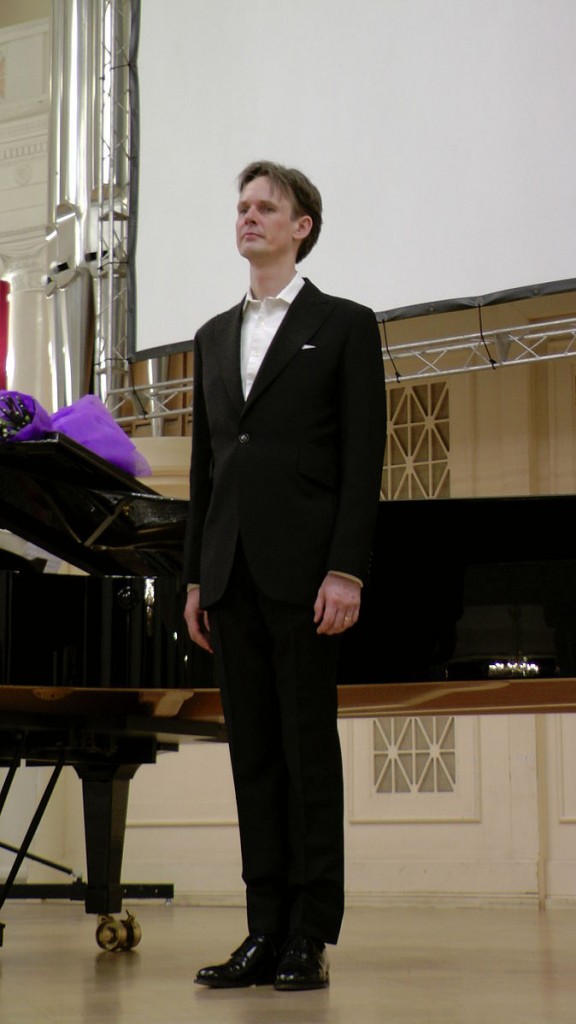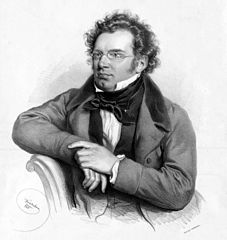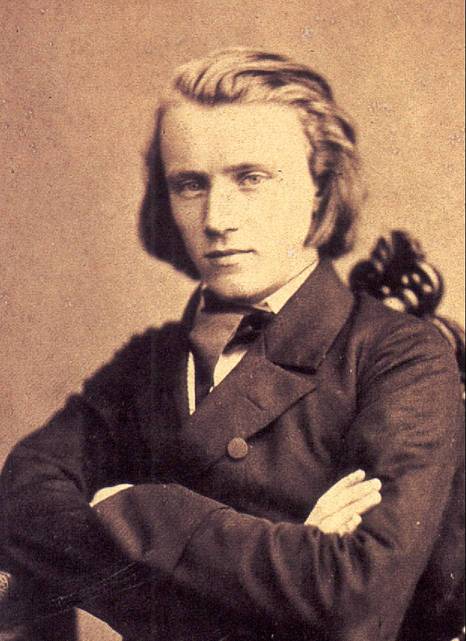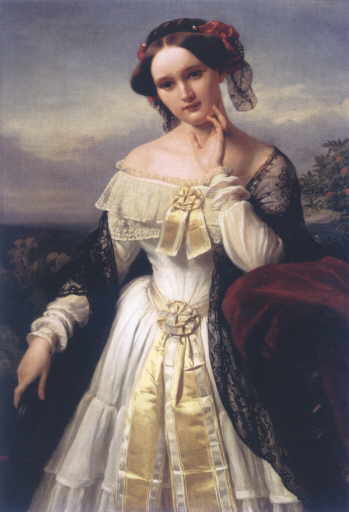How Much I Lied

(Image by Jo Kuehn)
THE LIEDER TRADITION
Schubert’s Winter Journey – Anatomy of an Obsession by Ian Bostridge (2015)
Deborah Humble sings Wagner & Brahms (Adelaide, 11 February 2017)
The German lieder tradition sets romantic poetry to music and performs it with raw emotion, usually to a very simple musical accompaniment such as piano or guitar. It is a broader part of a long line of love songs, from the French troubadours like Villon to the German lieder composers up to and in the nineteenth century, all the way to Tin Pan Alley and the torch songs floating out the windows of the Brill Building. And beyond – modern pop songs have often turned to youngsters’ angst and mistrust in love, not always with the filament-like sensitivity displayed in traditional lieder songs. (The title for this article, for example, is a guilty man’s confession of adultery written by country-rock legend Gram Parsons and apart from a wide slice of country music’s oeuvre, the tortured torch songs by the so-called new romantics of the 1980s also spring to mind.)
Franz Schubert used 24 poems of Wilhelm Müller (1794-1827), Winterreise (Winter’s Journey) to weave a cycle of outwardly simple, emotionally complex songs that are full of longing, dented ardour, introspection and pain. They were written in the deep winter of Schubert’s short life (he was dying of syphilis) and remain his greatest legacy. He told his friend Joseph von Spaun “I will sing you a cycle of horrifying songs…They have cost me more effort than any of my other songs.”*
Ian Bostridge vindicates the truth that the best sung song is one that is fully understood. He has been singing the Winter Journey cycle in public since 1985 and whilst his book on the subject is, as advertised, an anatomy of his obsession, and whilst being told of someone’s obsession is a little like hearing of someone else’s dream, it is densely packed with insight and facts, and sufficiently witty and deft to entertain.
It is important, we believe, not to get sucked in by the musical rending of garments in Winterreise as the wanderer moons about the wintry world, almost exulting his lovelorn state. An interpreter just needs to know the outer and inner limits and master the nuances. Here, the words and music essentially do the work. A deconstruction of a song, as with a joke, usually takes longer and tells you less. And modern staging tends to douse the ostensibly slight text and score with unwanted trappings, like the kind of film spurts we all got to know and hate at ‘Tropfest.’ But at least with Mr Bostridge, you know he’s singing songs he has explored. And his book, whilst almost unbearably over-freighted, is nevertheless a virtuoso performance of rare distinction, a unique keepsake in fact.
[*For example, try this happy refrain from “Last Hope”, the 16th song in Schubert’s cycle: “I look at one leaf, I hang my hopes on it; If the wind plays with my leaf, I tremble, as much as I can. Ah, and if the leaf falls to the ground, Hope falls with it, I fall too, Cry on the grave of my hope.”]
Which brings us to other samples of 19thC lieder, as delivered in captivating fashion by renowned mezzo-soprano Deborah Humble. This was at St John’s Church on the east side of Adelaide, a cool chamber in the big mid-summer heat, for a function to mark (only slightly prematurely) the Richard Wagner Society‘s annual wake for the Maestro. First, there were 8 fairly brisk ‘Gypsy Songs.’ From the wistful to the well requited, this cycle is stiff and formal as Brahms comes – one wonders what a real gypsy would make of it – but Ms Humble’s delivery was fresh, crisp and amusing, well assisted by Sharolyn Kimmorley (who was vocal coach for Ascher Fisch for the Adelaide Ring) on piano.
The songs got sadder, with two hopeful-but-sad lieder pieces written by Brahms for a couple of friends whose marriage was on the rocks, “Stilled Longing” and “Sacred Cradle Song.” The atmosphere of the pieces was accentuated by the nice viola playing of Imants Larsens.
And finally, we came to Herr Wagner: his Wesendonck Lieder of course, 5 songs set to Mathilde’s poems, doubtless shuttled back and forth by secret messengers between the Villa and the Refuge. One of the few occasions when Wagner used words not his own. They are good poems, and Wagner used some of the material in Tristan und Isolde, which we suppose is Mathilde’s legacy – not a bad legacy!
Looking (see below) a little like Mathilde (see above), Ms Humble sang these musical heart-throbs magnificently, and got a well-deserved, rousing reception from a large and enthusiastic crowd.
The Varnished Culture, regretfully, had pressing business and missed the wake. We are sure Wagner will have forgotten, or forgiven us, when next we meet.
Leave a comment...
While your email address is required to post a comment, it will NOT be published.










0 Comments